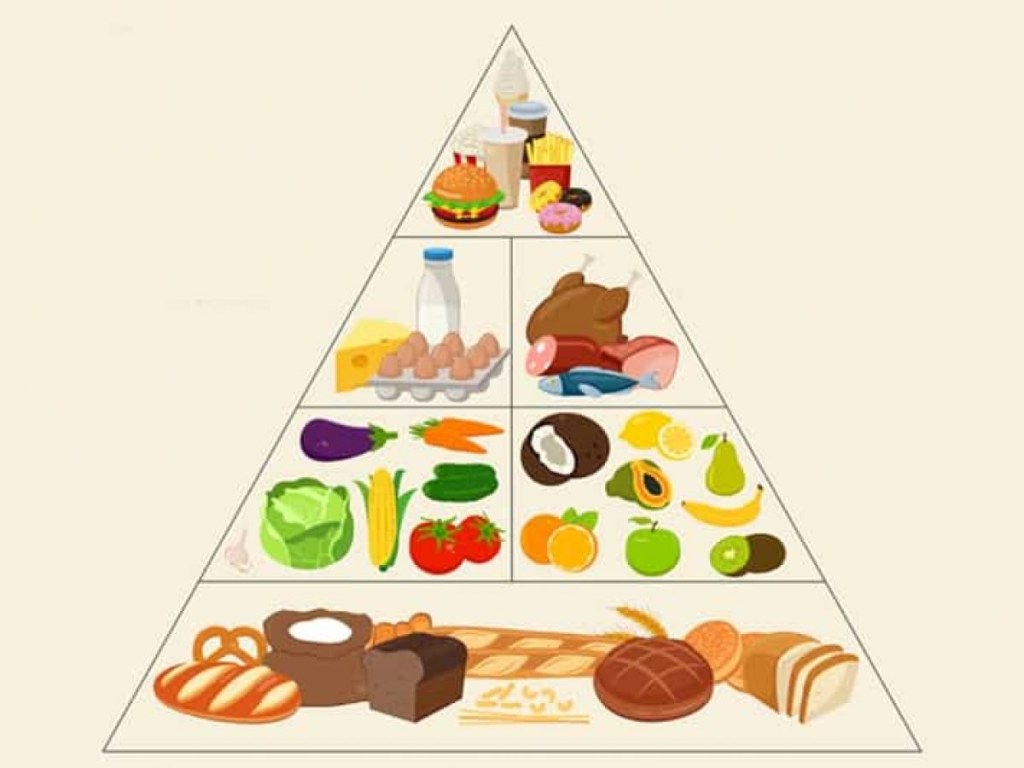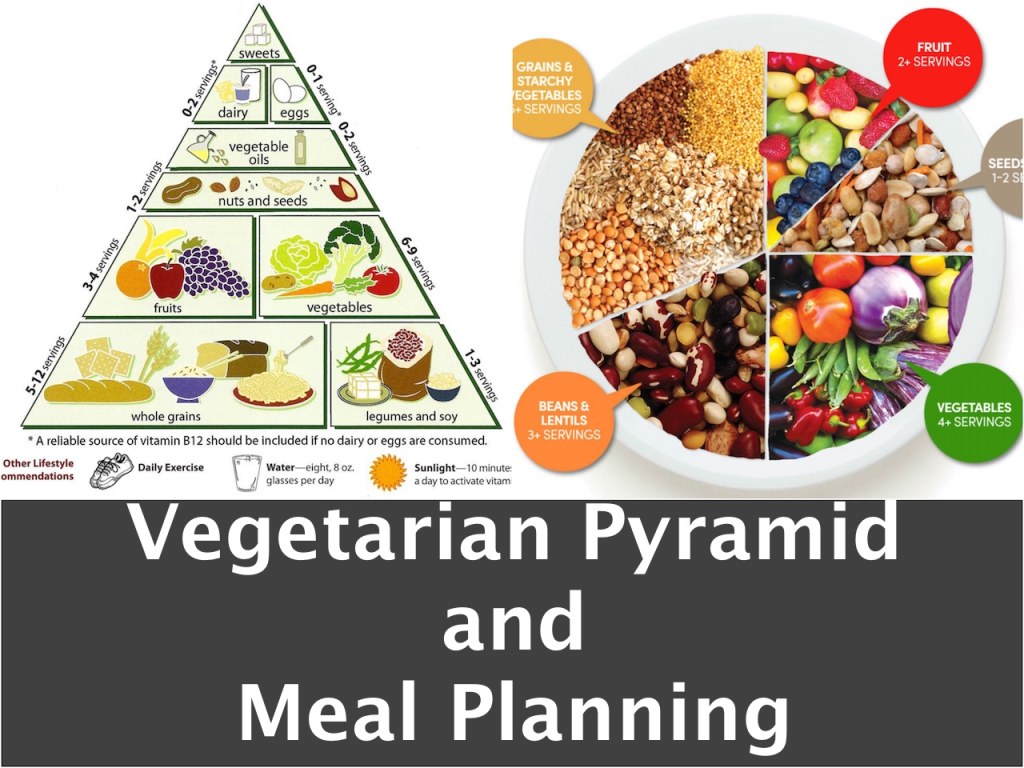Unlock Your Health Potential With The Indian Diet Pyramid: Boost Your Well-being Now!
Indian Diet Pyramid: A Comprehensive Guide to Healthy Eating
Greetings, Healthy People! In today’s article, we will explore the Indian diet pyramid and its significance in promoting a balanced and nutritious lifestyle. With its rich cultural heritage and diverse culinary traditions, India offers a vast array of delicious and wholesome food choices. Understanding the Indian diet pyramid can help us make informed decisions about our daily nutritional intake. So let’s dive in and explore the various layers of this pyramid!
Introduction
The Indian diet pyramid is a visual representation of the recommended food groups and their proportions for a healthy diet. It is designed to meet the nutritional requirements of individuals based on their age, gender, and activity levels. This pyramid serves as a guide to ensure that individuals consume a variety of foods from different food groups, providing all the essential nutrients needed for optimal health and well-being.
2 Picture Gallery: Unlock Your Health Potential With The Indian Diet Pyramid: Boost Your Well-being Now!


The Indian diet pyramid emphasizes the consumption of whole grains, fruits, vegetables, legumes, dairy products, and healthy fats, while limiting the intake of processed foods, added sugars, and unhealthy fats. By following this dietary pattern, individuals can maintain a healthy weight, reduce the risk of chronic diseases, and enhance overall vitality.
Now, let’s take a closer look at the key components of the Indian diet pyramid:
Image Source: twimg.com
Food Group
Servings per day
Examples
Grains
6-11
Wheat, rice, oats, millet
Vegetables
3-5
Spinach, carrots, broccoli, tomatoes
Fruits
2-4
Apples, bananas, oranges, grapes

Image Source: adityabirlacapital.com
Legumes and Pulses
2-3
Lentils, chickpeas, kidney beans
Dairy Products
2-3
Milk, yogurt, cheese
Proteins
1-2
Chicken, fish, eggs, tofu
Fats and Oils
2-3
Olive oil, nuts, seeds
What is the Indian diet pyramid?

Image Source: bhavnaskitchen.com
The Indian diet pyramid is a structured representation of the recommended food groups and their proportions for a healthy and balanced diet. It provides guidelines for individuals to make informed choices about their daily nutritional intake.
Explanation:
The Indian diet pyramid consists of various food groups, each playing a crucial role in providing essential nutrients. By following the recommendations of the pyramid, individuals can ensure that they meet their nutritional needs and maintain good health.
Who should follow the Indian diet pyramid?
The Indian diet pyramid is suitable for individuals of all age groups and genders. It can be customized to meet the specific needs of children, adolescents, adults, and older adults. Following the Indian diet pyramid can benefit individuals looking to maintain a healthy weight, prevent chronic diseases, or improve overall well-being.
Explanation:
By following the Indian diet pyramid, individuals can adopt a balanced and nutritious diet that provides all the essential nutrients required for optimal growth, development, and functioning of the body. It is a flexible eating pattern that can be adapted to individual preferences and cultural practices.
When should you consider the Indian diet pyramid?
Considering the Indian diet pyramid is beneficial for individuals who want to embrace a healthier approach to eating. Whether you are starting a weight loss journey, aiming to improve your overall well-being, or simply seeking to incorporate more nutritious foods into your daily meals, the Indian diet pyramid can guide you in making healthier choices.
Explanation:
The Indian diet pyramid provides a framework for individuals to plan their meals, ensuring they include a variety of foods from different food groups. By following this pyramid, individuals can achieve a balanced intake of carbohydrates, proteins, fats, vitamins, and minerals, promoting overall health and vitality.
Where can you apply the Indian diet pyramid?
The Indian diet pyramid is applicable in various settings, including homes, schools, workplaces, and healthcare facilities. It can be utilized by individuals, families, communities, and healthcare professionals to promote healthy eating habits and enhance the nutritional well-being of individuals.
Explanation:
By implementing the principles of the Indian diet pyramid in different settings, individuals can create an environment that supports healthy food choices. This can contribute to the prevention of nutrition-related diseases and the promotion of overall wellness.
Why is the Indian diet pyramid important?
The Indian diet pyramid is important because it offers a structured approach to healthy eating. It encourages individuals to consume a variety of foods from different food groups, ensuring a balanced intake of essential nutrients. By following the Indian diet pyramid, individuals can reduce the risk of chronic diseases, maintain a healthy weight, and improve their overall quality of life.
Explanation:
The Indian diet pyramid emphasizes the consumption of whole, unprocessed foods that are rich in nutrients and antioxidants. It discourages the intake of processed foods, added sugars, and unhealthy fats, which are often linked to the development of chronic diseases such as obesity, diabetes, and heart disease.
How to incorporate the Indian diet pyramid into your lifestyle?
Incorporating the Indian diet pyramid into your lifestyle can be done by following these simple steps:
1. Plan your meals:
Take time to plan your meals in advance, ensuring they include a variety of foods from different food groups. This will help you make healthier choices while ensuring a balanced intake of nutrients.
2. Shop smart:
When grocery shopping, focus on purchasing fresh produce, whole grains, lean proteins, and healthy fats. Avoid buying processed foods and sugary snacks.
3. Cook at home:
Preparing meals at home allows you to have better control over the ingredients used. Experiment with traditional Indian recipes that incorporate the principles of the Indian diet pyramid.
4. Be mindful of portion sizes:
While the Indian diet pyramid provides guidelines on the number of servings per day, it is important to be mindful of portion sizes. Listen to your body’s hunger and fullness cues to avoid overeating.
5. Stay hydrated:
Drink an adequate amount of water throughout the day to stay hydrated. Limit the consumption of sugary beverages and opt for water, herbal teas, or infused water instead.
6. Seek professional guidance:
If you have specific dietary requirements or health concerns, consult a registered dietitian or healthcare professional who can provide personalized guidance on incorporating the Indian diet pyramid into your lifestyle.
Advantages and Disadvantages of the Indian Diet Pyramid
Advantages:
1. Nutritionally balanced: The Indian diet pyramid emphasizes a balanced intake of carbohydrates, proteins, fats, vitamins, and minerals, ensuring individuals meet their nutritional needs.
2. Variety of food choices: The pyramid encourages the consumption of a wide range of foods from different food groups, allowing individuals to enjoy diverse flavors and textures.
3. Disease prevention: Following the Indian diet pyramid can help reduce the risk of chronic diseases such as obesity, diabetes, and heart disease due to its emphasis on whole, unprocessed foods.
4. Cultural adaptability: The Indian diet pyramid can be tailored to suit individual preferences and cultural practices, making it suitable for individuals from various backgrounds.
5. Sustainable approach: The pyramid promotes sustainable eating habits by focusing on locally available, seasonal foods, reducing the reliance on processed and imported foods.
Disadvantages:
1. Individual variations: While the Indian diet pyramid provides general guidelines, individual variations in nutritional needs and health conditions may require personalized modifications.
2. Accessibility of certain foods: Some foods recommended in the Indian diet pyramid may not be easily accessible or affordable for everyone, leading to challenges in following the recommendations.
3. Cultural adaptations: Individuals from different regions within India may have variations in their traditional diets, which may require adjustments to the standard Indian diet pyramid.
4. Potential for restrictive eating: Strict adherence to the Indian diet pyramid may lead to an excessive focus on food groups and portion sizes, potentially resulting in restrictive eating patterns.
5. Dietary preferences and restrictions: The Indian diet pyramid may need to be modified to accommodate dietary preferences (e.g., vegetarianism, veganism) or restrictions (e.g., food allergies, intolerances).
Frequently Asked Questions (FAQs)
1. Is the Indian diet pyramid suitable for vegetarians?
Yes, the Indian diet pyramid can be easily adapted to suit vegetarian dietary preferences. It provides guidelines for consuming plant-based proteins, legumes, and dairy products to meet the nutritional requirements of vegetarians.
2. Can the Indian diet pyramid help with weight loss?
Yes, the Indian diet pyramid can be a helpful tool for weight loss. By emphasizing whole, unprocessed foods and controlling portion sizes, individuals can create a calorie deficit while still meeting their nutritional needs.
3. Are there any age-specific recommendations in the Indian diet pyramid?
Yes, the Indian diet pyramid can be customized based on age-specific requirements. Children, adolescents, adults, and older adults may have different serving sizes and nutrient needs, which can be accommodated within the framework of the pyramid.
4. Can the Indian diet pyramid be followed by individuals with diabetes?
Yes, the Indian diet pyramid can be modified to suit individuals with diabetes. It prioritizes whole grains, low glycemic index carbohydrates, and portion control, which can help regulate blood sugar levels.
5. Is it necessary to consult a healthcare professional before following the Indian diet pyramid?
While it is not mandatory, consulting a healthcare professional, such as a registered dietitian, can provide personalized guidance based on individual health conditions, dietary preferences, and goals.
Conclusion
In conclusion, the Indian diet pyramid provides a valuable framework for individuals to make informed choices about their daily nutritional intake. By incorporating a variety of foods from different food groups, individuals can enjoy a balanced and nutritious diet that promotes good health and well-being.
Remember, the Indian diet pyramid is a flexible guide that can be customized to suit individual preferences, cultural practices, and health conditions. By embracing the principles of the Indian diet pyramid, you can embark on a journey towards a healthier and happier lifestyle!
Final Remarks
Disclaimer: The information provided in this article is for educational purposes only and should not replace professional medical advice. It is advisable to consult a registered dietitian or healthcare professional before making any significant changes to your diet.
This post topic: Diet

